Questioni have 3 cats. My one cat was at the vet Sunday, and they did a urine test. They said they think it was a urinary track infection, and gave him a needle, and took a urine test. Hes been fine since, Playing, eating, drinking,and going to the bathroom. The vet called tonight with the results and said he has crystals. and that he should be on a special food for 6 weeks. Does he still have to go on that food even since hes been fine? Also would the other cats be able to eat it, and would it be a life long food, he would have to be on? Thanks
AnswerKayli,
Aaaahhh....finally..my favorite topic--diet!! I've done so much research on diet and talked to so many professionals about diet that I could write a thesis--maybe I should!
At any rate, did your vet tell you what kind of crystals your cat has? There are struvite and calcium oxalate. Struvite are the more common ones. Struvite crystals are formed due to a few reasons. These are: diet, urine pH, water intake. Urine pH is the most common reason struvite crystals form, and it's because the urine pH is too alkaline (above 6.5). The ideal urine pH in a cat is 6.0-6.5. That is neutral pH. When you go too high (alkaline), or too low (acidic), you run into problems--those problems being stones/crystals. In order to decrease the incidence of struvite crystals and/or get rid of existing ones, you need to decrease the urine pH to more acidic pH. This is mostly done through diet, and ensuring the cat has an adequate water supply. However, the diet rx'd by vets is not nutritional, and actually can do more harm than good. They will sell it to you, claim it's the best thing for your cat, and that your cat absolutely must have it to get rid of the crystals. I disagree, and there's more and more professionals out there that disagree as well.
First, though, let's talk a little about diet, and how those crystals likely formed. You didn't say what you'd been feeding your cat, but I'm assuming it's kibble. Kibble is frequently referred to as "kitty crack." It's nothing but junk, (fillers), and has minimal nutritional value. It's highly addictive because of the flavors that are added to it to make it more palatable. But aside from its poor nutritional value, it is very dehydrating. Cats don't have a natural instinct to drink due to their desert roots. Eating kibble further adds to that. It causes cats to be in a constant state of dehydration, and dehydration can also lead to crystal formation, as well as renal disease. So, the food that the vet is trying to sell to you, if it's dry food, it's not good. While the ingredients may be slightly different than other kibble, and it's formulated to decrease the pH, it's still going to cause that chronic dehydration, which can still lead to renal disease and/or crystal formation. I had my cat that had problems with both types of crystals on a vet rx'd diet (Hill's Science Diet), and the food caused her to have problems with another type of crystal, and ultimately led to her having renal disease, then renal failure, which is ultimately what took her. And, you must know that vets get kickbacks from the food companies to sell their food. The more food they sell, the more money they get. Of course they are going to sell you a rx diet, because they benefit greatly from it.
However, when you put a cat on a special diet for one type of crystal, then you usually cause the other type of crystal, because the urine pH, while corrected for the one type of crystal, now is creating the perfect environment for the other type of crystal to form. Now you end up with problems with other stones, and then what do you do? You're in the same spot you were in prior to getting the dx of crystals.
My first suggestion would be (if you're feeding kibble) to stop the kibble completely. Your cats will whine and cry and beg for it, but when they don't have it for a few days, they'll be fine. It needs to get out of the house, because the additives in kibble are so strong that cats can actually smell it in the cabinet or wherever you keep it, so even if you're not feeding it, if it's still in your home, your cats will smell it and hold out for kibble. I would suggest considering a raw prey model diet, (not the pre-packaged raw)as this allows the urine pH to be in the neutral range, and it's very rare for a cat that's fed a raw diet to ever have any genitourinary issues (UTI's, crystals, stones, renal disease), let alone any other health issues. It is a great way to prevent many illnesses.
However, I know that feeding raw can be difficult to wrap your arms around, so in the event that you aren't sure about feeding a raw prey model diet, I'd put your cats on canned. Canned food, while not as good as raw, is way better than kibble. Be sure to offer your cats a variety, as they get bored eating the same food, too. Kibble doesn't allow that variety--at least until another, different flavored bag is opened. Also, feeding cats one type of food can lead to extreme pickiness, and a reluctance to eat or try other things. The other factor that has been found to play into crystal formation is free feeding. Lots of people do this for convenience, mostly, but cats really only need 2 meals/day, but you can feed 3-4 small meals throughout the day.
Getting back to crystals, it is important to change the urinary pH. That is really the only way to get rid of these crystals, which will eventually become stones if not cleared up. Changing the urinary pH is the single most important thing that needs to happen when trying to get rid of crystals. This, combined with providing water all the time, and encouraging your cat to drink more, as well as not doing free feeding, but feeding 3-4 small meals/day, are all things that play into getting rid of stones. It's not JUST the food. The main reason I don't like the rx foods (other than what I've already mentioned) is that while they do decrease the urinary pH, they do so in such a way that they then allow the perfect environment for formation of the other type of crystals. So, you fix one problem, but have created another. If you put the cat on a food to fix the new crystals, then you'll change the urinary pH back to where the first crystals you had will form again. It's a never ending balancing act--one that you will never win because it's scientifically impossible. Like I said, I had the same exact issue with my cat I lost in June.
The other thing that's been implicated in formation of struvite crystals is high magnesium and phosphorous. If your cat has struvite crystals, then you should feed a food that is lower in magnesium and phosphorous. The FDA states that for a food to support a low mag diet, it must contain less than 0.12% on a dry matter basis (you need to do some calculations to get this #), or less than 25mg of kilocalories of metabolizable energy.
Since you didn't mention what type of crystals your cat has, it's hard to say the best way to treat it, because each crystal is formed in different ways and as a result of different factors. But the concept for getting rid of them will still be the same--changing the urinary pH so that it's more neutral. You don't want to change the pH so drastically that you create the perfect environment for the other type of crystal to form. The best diet to get the urinary pH at a neutral pH is raw--no doubt about it.
Regarding your question about whether your cat should still go on the food even though he's doing okay. Well, you know how I feel about rx food, especially kibble, but if you don't put the cat on a raw diet, it's going to be hard to change that urinary pH. So you may need to do it for 4-6 wks just to get the pH changed. But you always run the chance down the road that the crystals come back--and in fact, they most always do. Some believe that some cats have genetic tendencies towards development of crystals. But regardless, any change in that urinary pH will likely lead to more crystal formation.
Your other cats should not eat the rx food. If they don't have crystals, then changing the urinary pH will affect theirs as well, and could very well lead to formation of crystals if they're fed this food. I would keep them away from it. If you feed raw, all the cats can eat it, and not only will it likely get rid of the crystals in the one cat, but prevent crystal formation in the others. They will be getting very highly digestable protein, and raw is way cheaper than any of those rx foods. So, if you choose to feed the rx diet (and remember you will need to if you don't go to raw), you will need to feed this one cat separately from the others, because you don't want the others to be eating the rx kibble. It is important to do something about changing the urinary pH, especially in a male, because those crystals can rapidly become larger and larger, turn into stones, and cause an obstruction, which in a male cat, is a true emergency. So, the last thing you want is for it to get to that point.
If your cat actually has calcium oxalate crystals, write me back, and I will tell you more about those crystals. Since struvite crystals are the most common, I'm just assuming your cat has those. So, remember, this information is geared towards struvite crystals, and calcium oxalate crystals are treated a little differently. If you'd like more info on a raw diet, let me know as well, and I will be happy to provide you with more info and resources. But the most important thing right now is getting your cat better and getting rid of those crystals.
Savannah

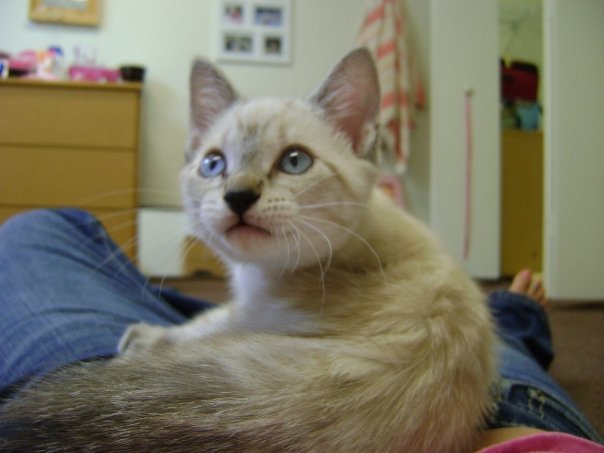 What kind of cat do i have?
Question
Chula
Ive been trying to figure out wha
What kind of cat do i have?
Question
Chula
Ive been trying to figure out wha
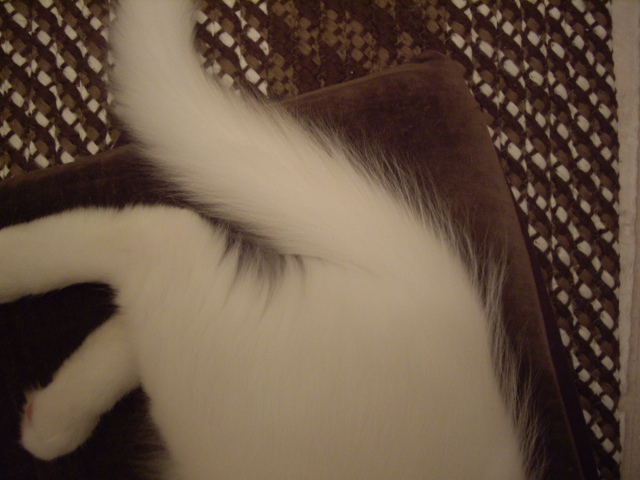 giardia coccidia
Questionthin, spiny guard hair
QUESTION: I took
giardia coccidia
Questionthin, spiny guard hair
QUESTION: I took
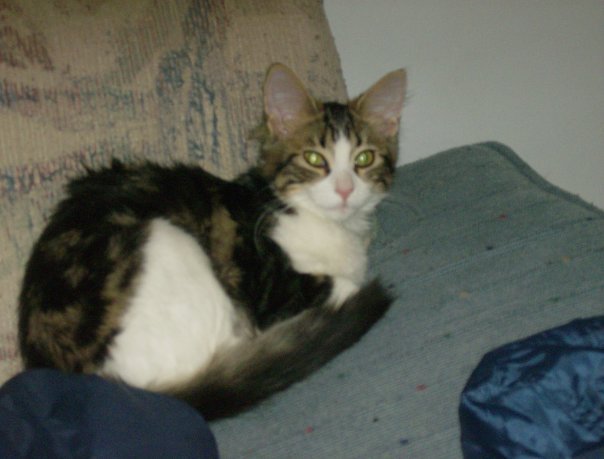 pregnat cat ??
Questionsophia
QUESTION: no one is avaible for t
pregnat cat ??
Questionsophia
QUESTION: no one is avaible for t
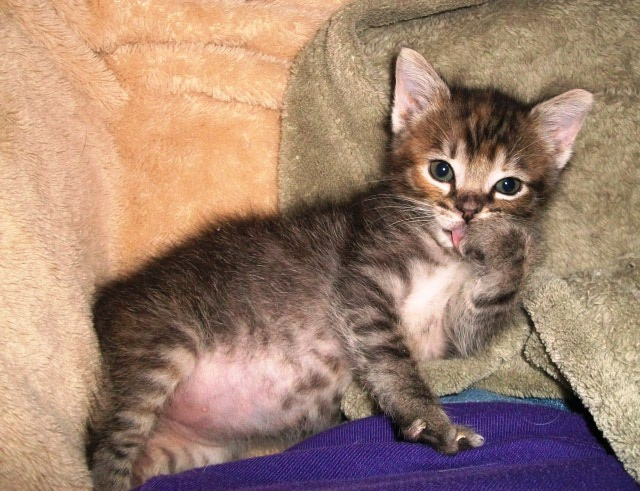 sick kitten
QuestionQUESTION: I have a 1 month old foster kitten th
sick kitten
QuestionQUESTION: I have a 1 month old foster kitten th
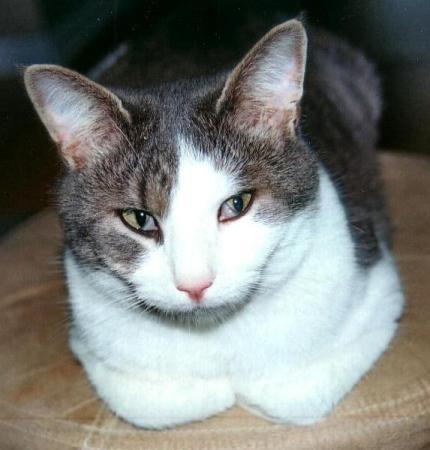 third eyelid, weight gain, irritability
Question
third eyelid pic
I have a 2 year old male cat
third eyelid, weight gain, irritability
Question
third eyelid pic
I have a 2 year old male cat